8 Efficient Tips to Make Your Home Cooler This Summer
Summer is just around the corner, and everyone wants to keep their homes as cool as possible. After all, in the 2020s, the US faced an average of 6 heat waves per year compared to 2 heat waves in the 1960s.
So, embrace these tips to ensure a cooler indoors!
1. Close the Blinds and Curtains
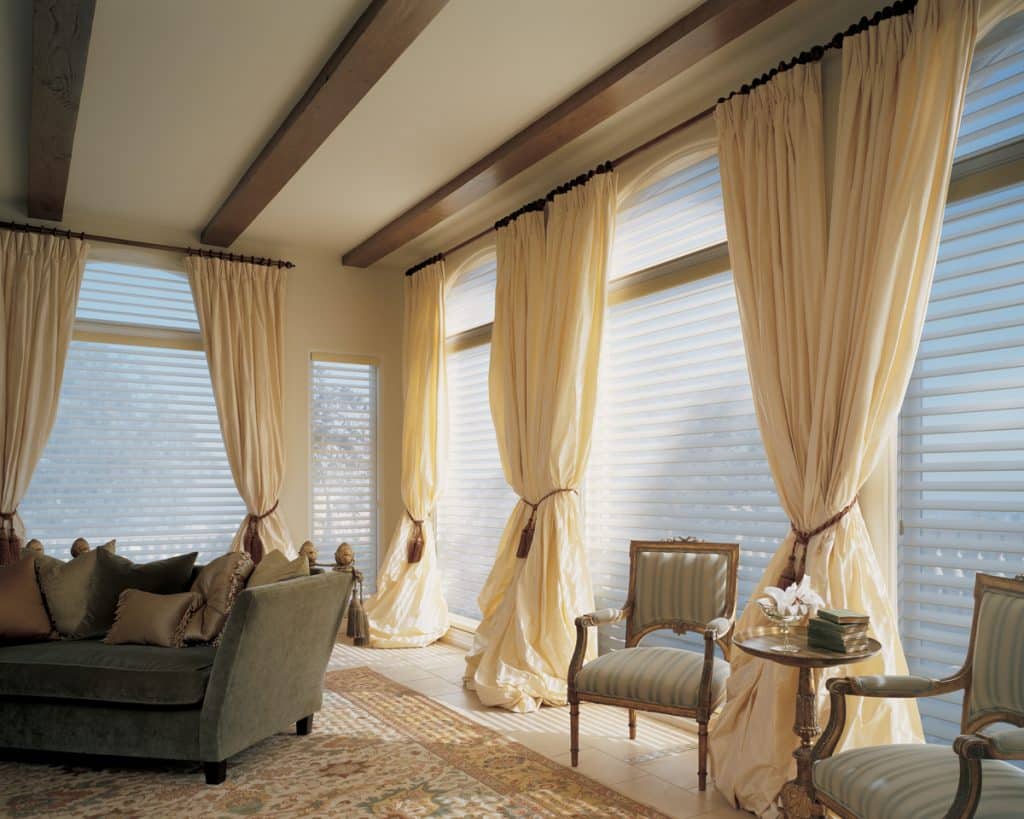
Use blinds and blackout curtains, not just for privacy. During the summer, close them during the daytime and prevent the strong sunlight from entering your home.
You can keep the east-facing windows open to let in mild sunlight in the morning.
However, always close the blinds and curtains in the remaining directions. Be especially careful about the doors and windows where sunrays hit in the afternoon.
This prevents the scorching heat from making the indoor air warmer. As a result, you don’t have to put excess load on your cooling system.
2. Shade Your Windows Externally
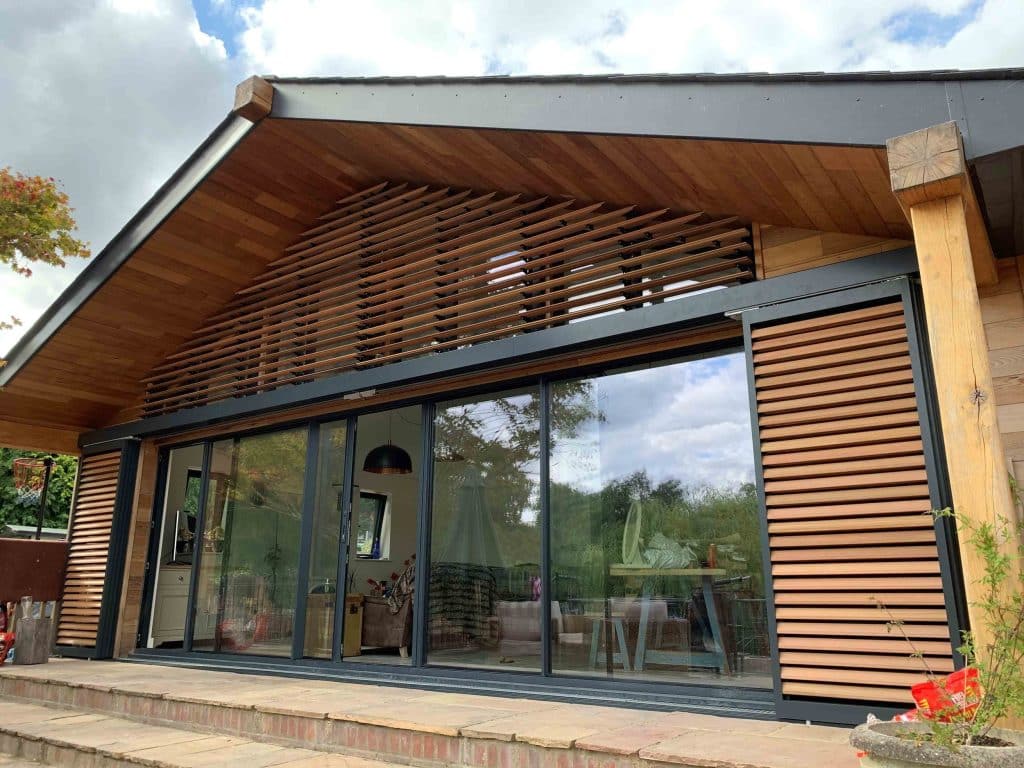
Blinds and curtains alone cannot block sunlight if the heat is extremely intense. In this case, you must also block the heat externally.
Install an awning outside your windows and doors. Place large potted plants outside the window to create more shade.
If you have a yard, plant deciduous trees around your house. They will shade your home throughout the summer but let sunshine in during the winter.
If you are ready to splurge, opt for window tinting. If the ceiling is already insulated, invest in additional insulation.
3. Insulate with Weather Stripping
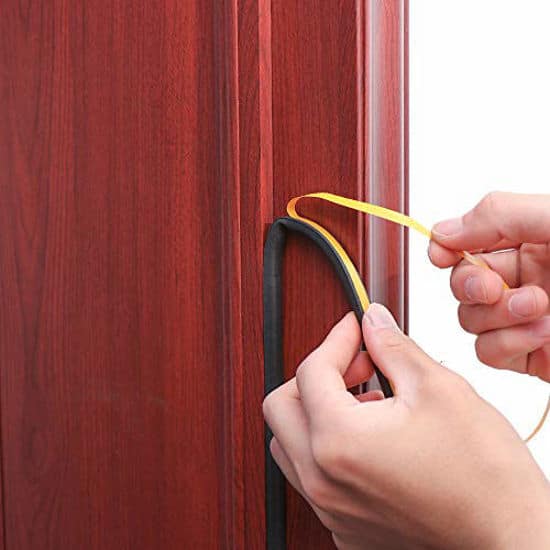
If you don’t have weather stripping, invest in it. Apply weather stripping around all windows and doors. If you already have it, get a maintenance check done every season.
You can also check for this yourself. Notice whether you feel an unusual amount of heat when you’re near a particular door or window. The warmer air around the window/door shows that the weather stripping has been damaged or broken.
To fix it yourself, buy weather-stripping material from the hardware store and reapply it around the door/window.
4. Get a Heat Pump Installed
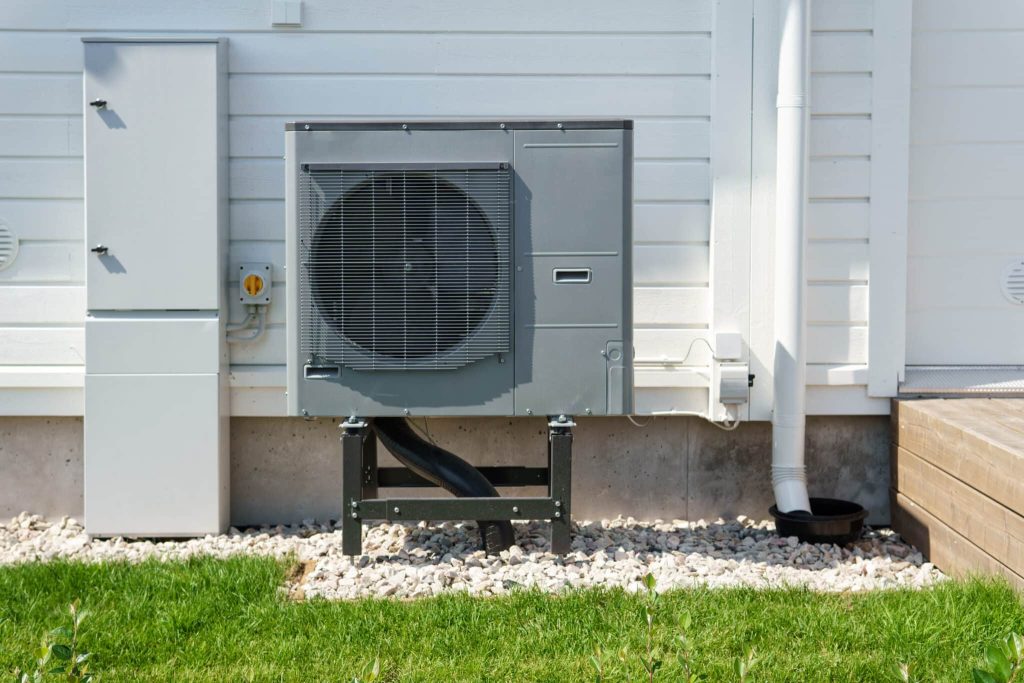
Heat pumps work by transferring heat and not generating heat. So, heat pumps have dual usage – they can be both a heating and cooling system.
In summer, heat pumps transfer heat from indoor to outdoor environments.
If you get a heat pump, you won’t need to invest in a heating and cooling system. Thus, you save not only money but also space for the installation of two different appliances.
So, get in touch with reputed professionals that deal with heat pump installation Seattle right now. Seek professionals who can also provide you with repair and maintenance solutions!
5. Set the Thermostat High
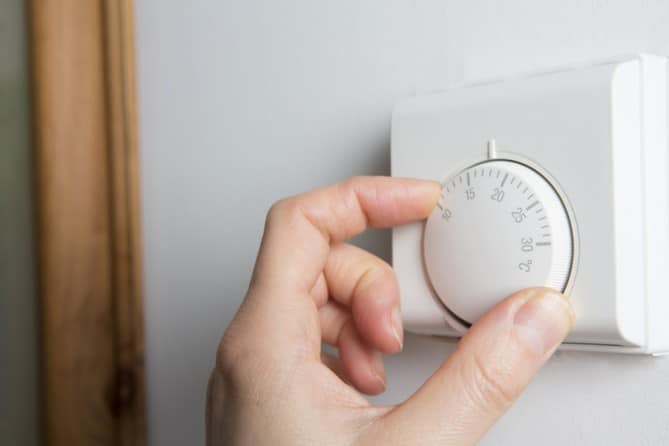
Many believe that setting the thermostat higher will warm the house. However, that’s not true.
Alternatively, if you lower the thermostat, your HVAC systems will get overworked. The extra strain can lead to a buildup and freeze your system internally. So, it’s always wiser to set the thermostat higher – around 24-27 °C or as high as you can stand.
Moreover, raising the thermostat temperature by 1 °C during summer can reduce the appliance’s running expenses by up to 10%.
This will maintain a comfortable temperature in your house and ensure your HVAC system is well-maintained.
It also ensures your HVAC system doesn’t break during a heat wave. Otherwise, you’ll have to spend a lot on the repairs, and your homeowner’s insurance may not cover them.
6. Adjust the Rotating Direction of The Ceiling Fan
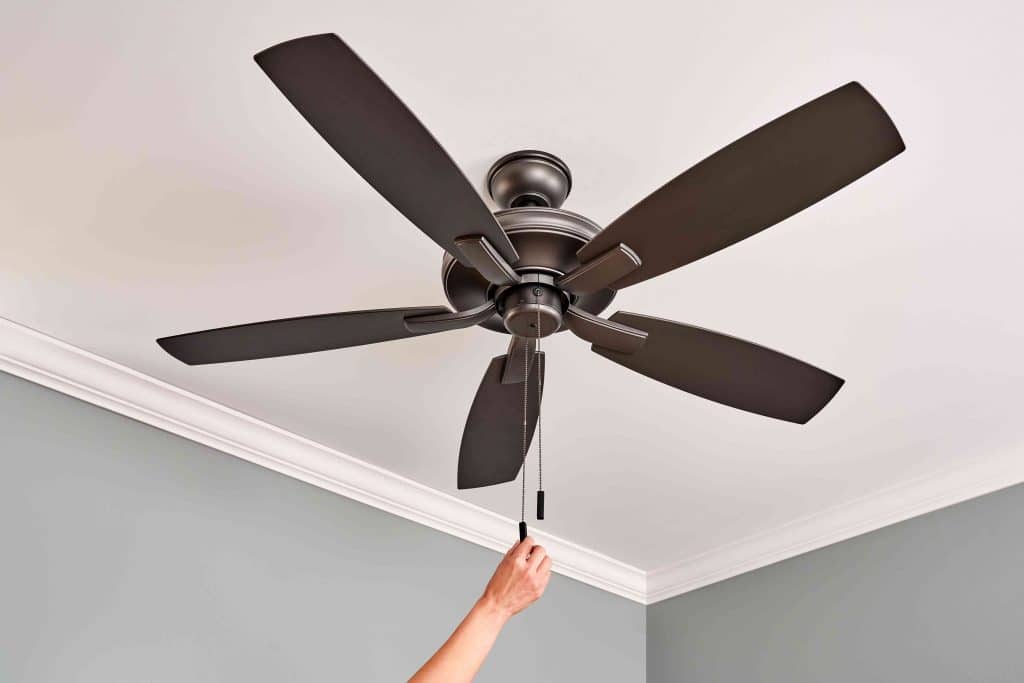
If your fan rotates clockwise, it pulls cool air from the room and pushes warm air into your home.
To ensure your fan cools your home, check its rotating direction and make it counter-clockwise. This pushes the air straight down and creates a cooling effect in a room.
If you don’t know how to do this, check your fan for a small switch. It can reverse the direction of the fan spin.
Besides that, ensure that the fan speed is always high to cool the room.
7. Check Your Lightbulbs
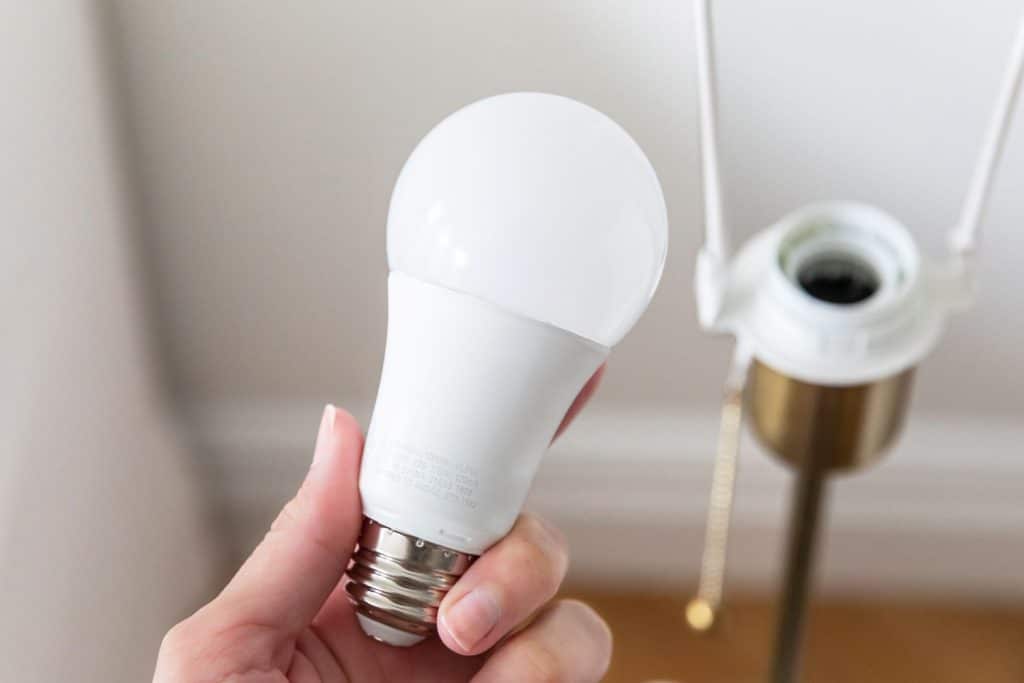
If you have incorporated all the above changes but your indoor temperature is still high, your lightbulbs might be the culprit.
If you have incandescent or halogen light bulbs, they produce a lot of heat. So, switch to LED light bulbs.
Studies show that in 2020, about 47% of US households reportedly used LEDs in most indoor lighting. So, embrace the change now and enjoy a cooler home and lower electricity bills!
8. Take Short and Cool Showers
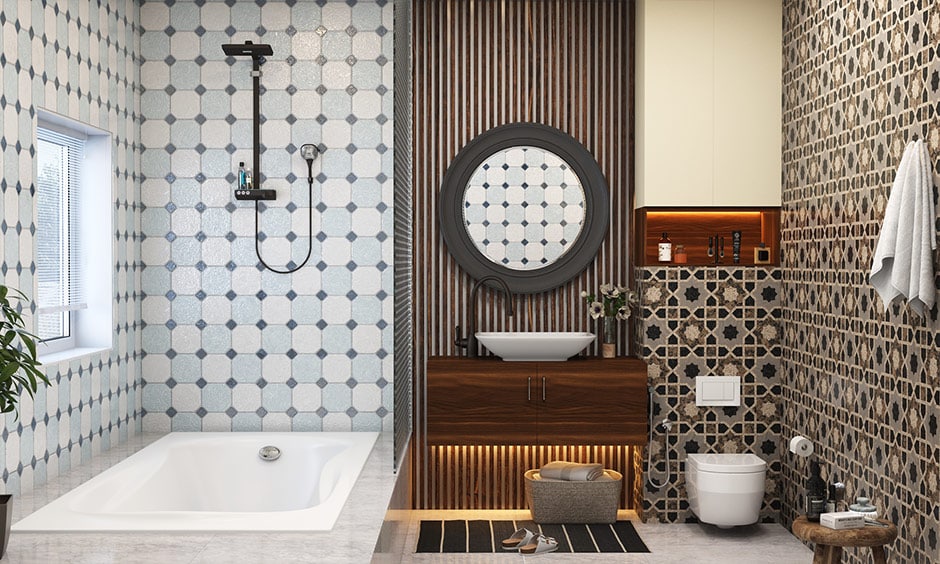
Warm showers increase humidity in your home by adding moisture. This can feel sticky and give the appearance that you’re sweating, especially if the humidity levels in your locality are high.
So, keep the shower short and use cool water to prevent steam formation. If the humidity still doesn’t lower, you can install a dehumidifier.
Conclusion
With these simple steps, you will be ready to beat the heat in 2024. So, go through the list and prepare now!


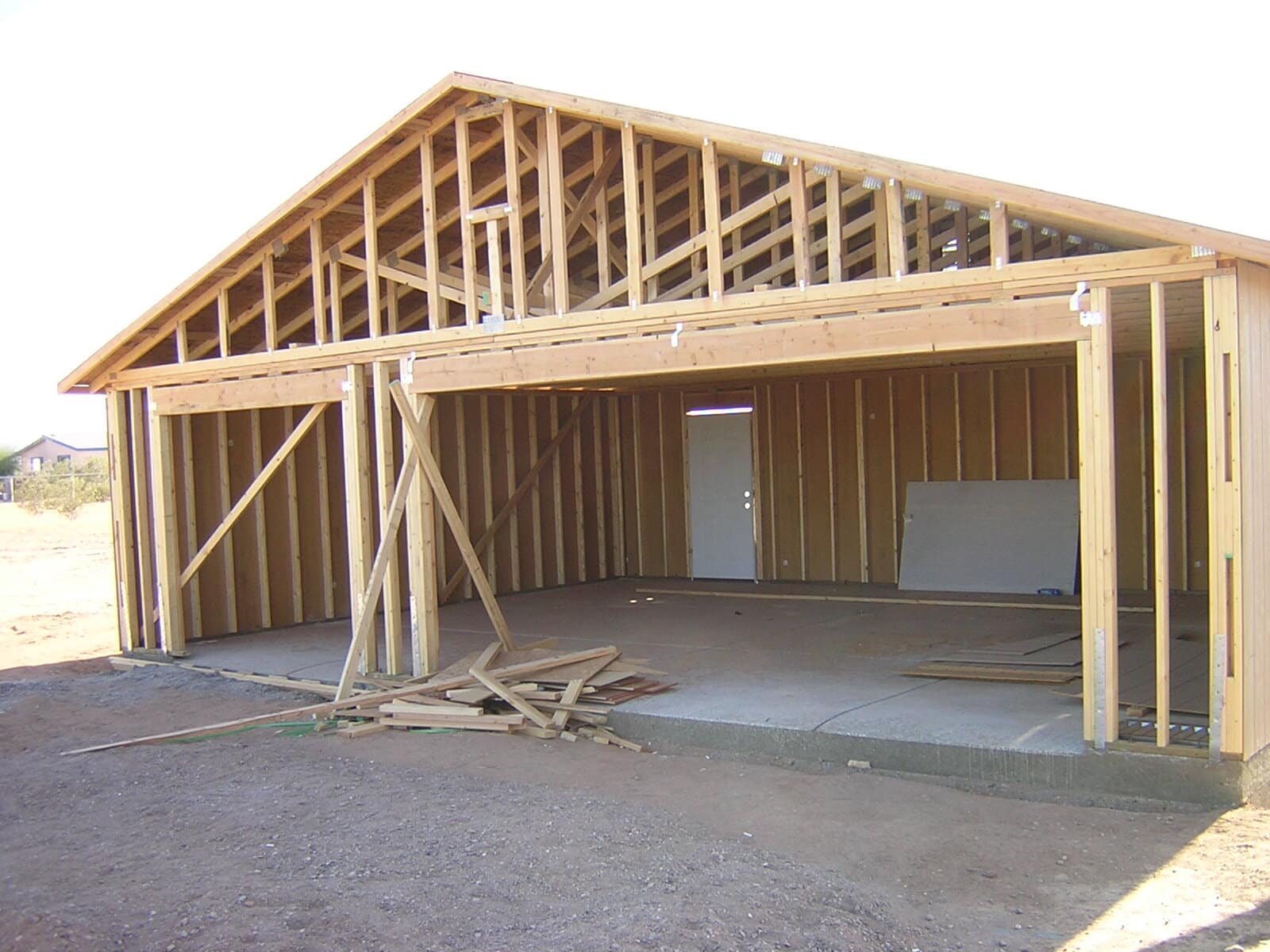

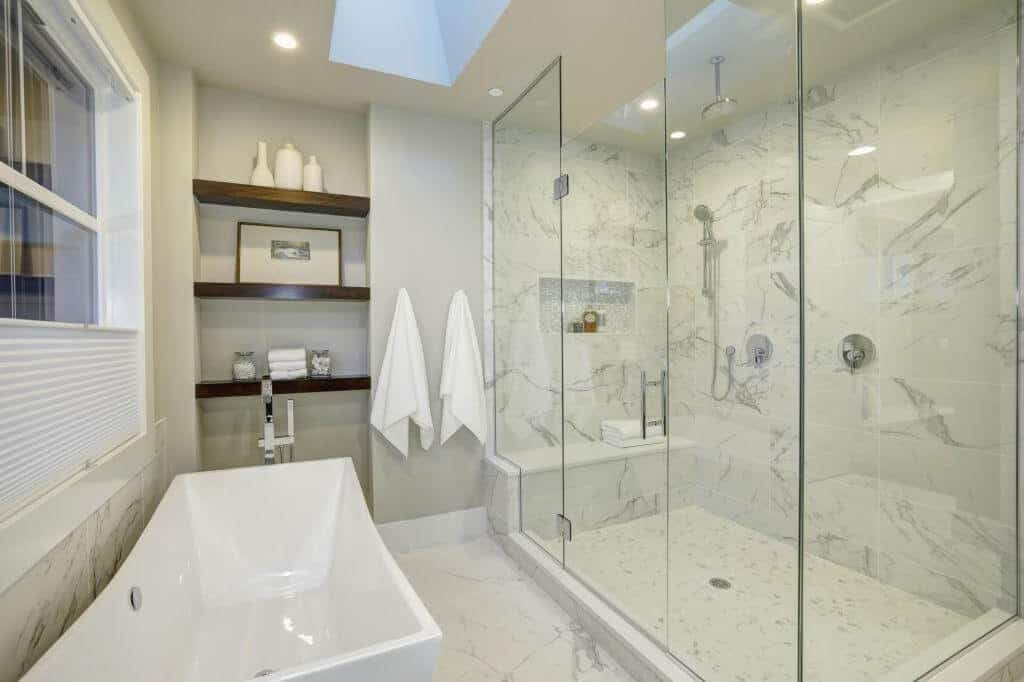
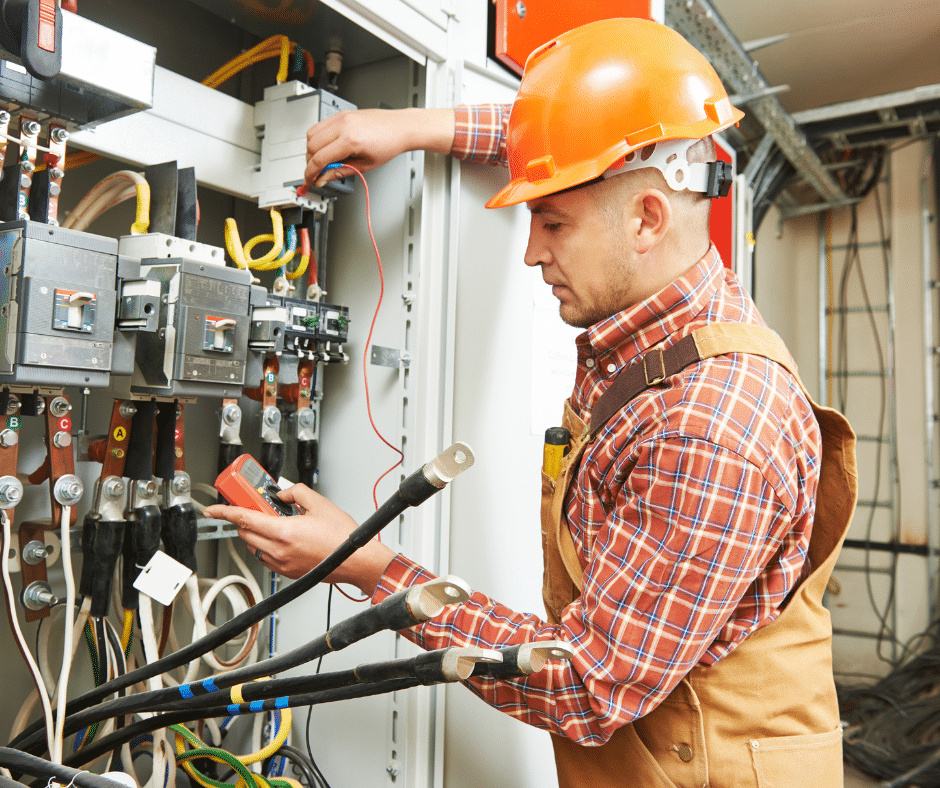
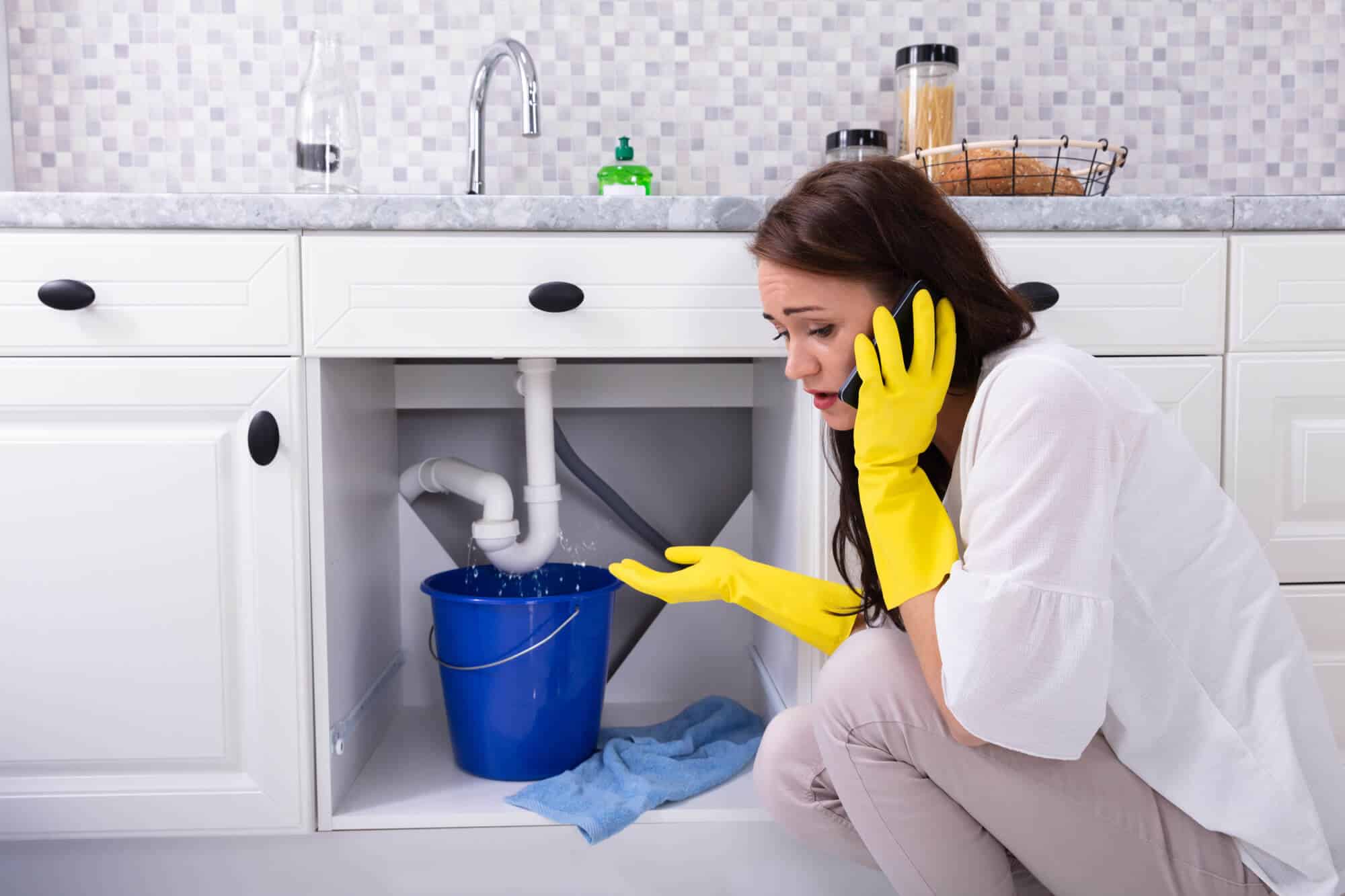
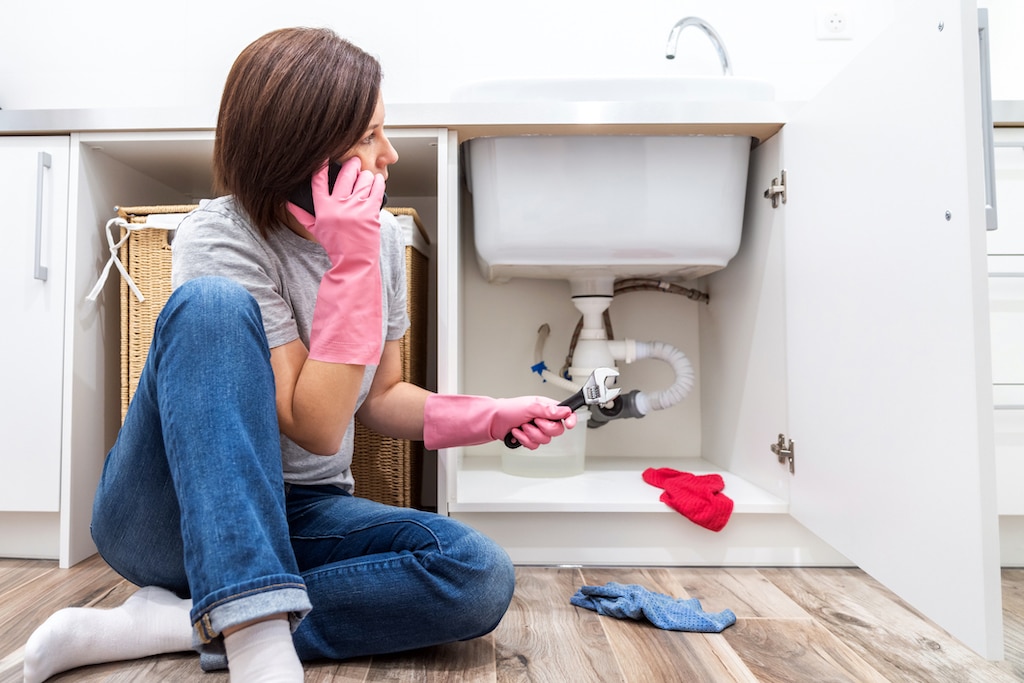
One Comment